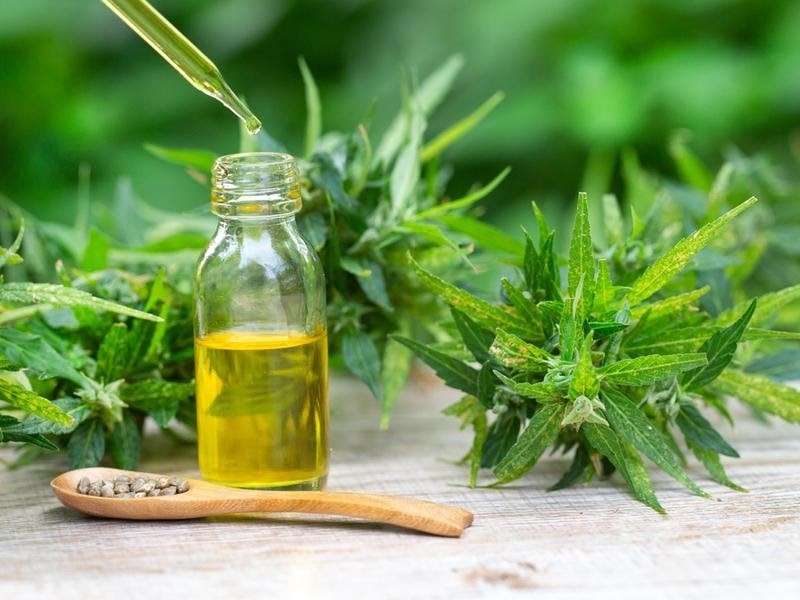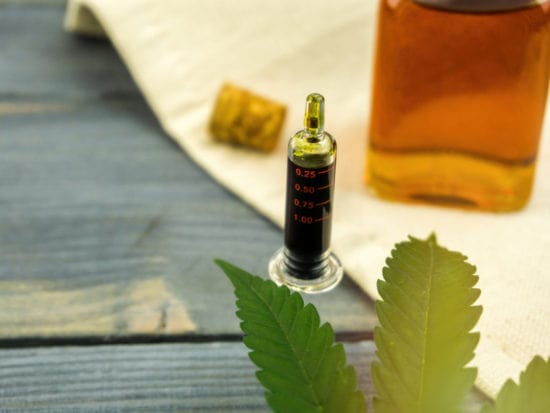CBD is a natural chemical compound present in the herbal plant. It is a biologically active component, so depending on how it is consumed, it can have beneficial or adverse effects on the body.
Introduction
Nowadays, the use of cannabidiol (CBD) products has become popular due to their legalization in different markets and thanks to a growing number of scientific studies that provide evidence of their potential benefits to treat or alleviate different conditions.
Many are surprised to discover that receptors for cannabinoids, including CBD, exist in the human body. They are called CB-1 and CB-2, and are part of the endocannabinoid system, which has an effect on multiple vital functions, such as sleep, appetite, thirst and pain perception. Because of this, the medical and scientific community has given more attention to cannabinoids, and has advanced research to determine their function in the human body and possible therapeutic effects.
If you want to know a little more about cannabidiol, its composition, uses and benefits, read on.
What is CBD?
Cannabidiol, commonly known as CBD, is a naturally occurring chemical compound, specifically one of more than 100 cannabinoids present in the herbal plant.
A cannabinoid is a biologically active compound, so depending on how it is consumed, it can have beneficial or adverse effects on the body.

In its report on cannabidiol, the World Health Organization noted that CBD has a relatively low toxicity, and that to date there are no reported cases of addiction or dependence, or strong evidence that the consumption of pure CBD can cause adverse health effects.
Nature or origin of cannabidiol
To better understand where CBD comes from, it is important that we talk a little more about hemp.
From its single species Hemp sativa L, three main types or subspecies were originally identified: hemp sativa indica, hemp sativa ruderalis and hemp sativa sativa sativa. Today, due to the interbreeding that has taken place between the subspecies over time, the differentiation that is often given within the industry is attributed more to characteristics such as concentration of certain cannabinoids and possible effects of a variant, versus actually a taxonomic difference.
The most abundant components in the herbal plant are the cannabinoids, which are similar in structure but can have different effects and even complement each other when consumed together. The most known and studied cannabinoids are: THC (delta-9-tetrahydrocannabinol), CBN (cannabinol), CBG (cannabigerol) and CBD. Depending on their genetics, different herbal plants may contain different concentrations of each type of cannabinoid.
CBD is the second most abundant compound in hemp, a plant of the genus hemp, which was initially used for agricultural and industrial purposes. Hemp has been cultivated for thousands of years for different purposes due to its great versatility to obtain various products such as cellulose, paper, textiles and edible oils. However, with the rise of the CBD industry, one of its most common uses today is for CBD extraction.
Difference with THC
THC is the main psychoactive cannabinoid found in the herbal plant, and is commonly associated with recreational use because of its psychoactive effects. Unlike THC, CBD, although considered psychotropic because it acts on the central nervous system, does not have psychoactive effects like THC.
In large part, the acceptance of CBD in recent years has come from the fact that a growing body of scientific evidence has shown that this cannabinoid can provide many of the therapeutic effects of medical hemp without causing an “alteration” in the mental state of the patient or consumer.
If you want to know what CBD feel like, kindly visit their page for more info.




